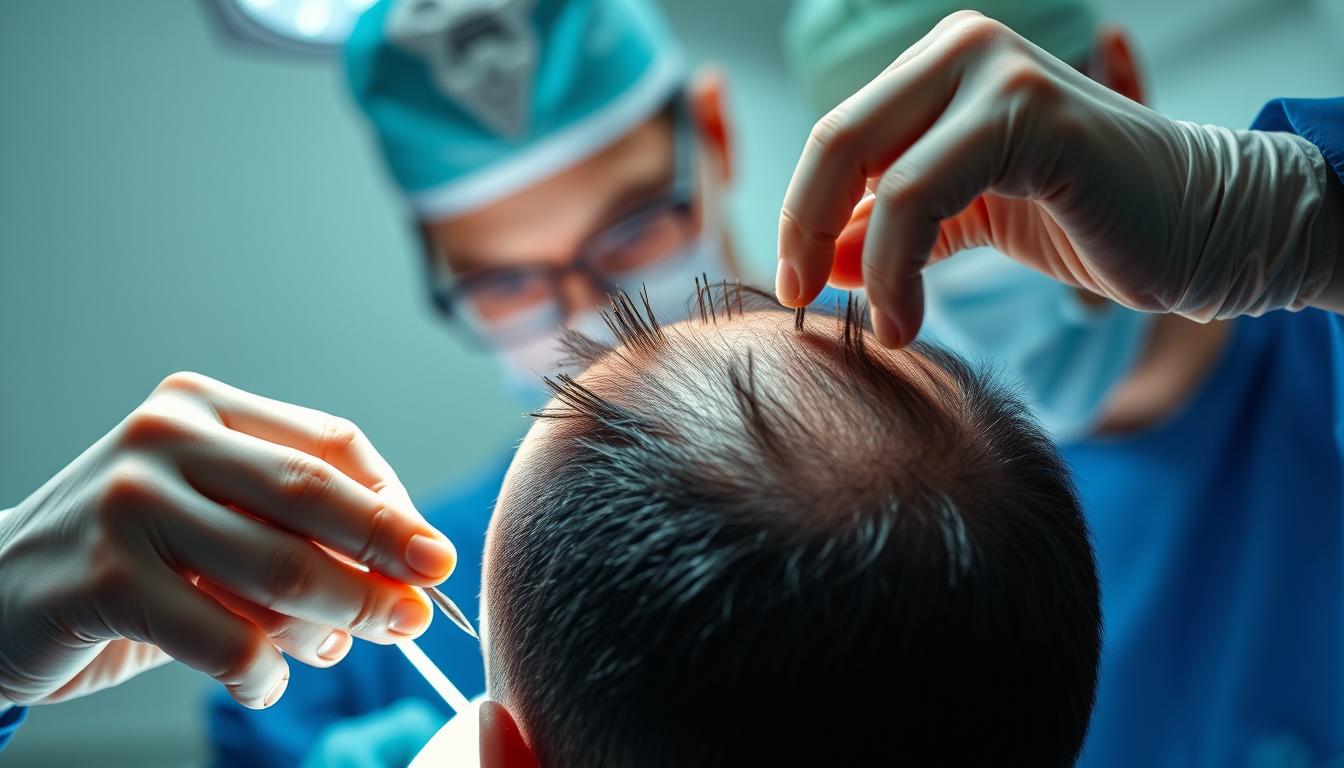Hair restoration has become a sought-after solution for individuals experiencing hair loss. The procedure involves transplanting hair from one part of the body to another, typically to restore a natural-looking hairline. The art of hair restoration surgery depends on several factors, including the surgeon’s experience and the technique used.
The cost associated with hair transplant procedures can vary significantly. Factors such as the surgeon’s expertise, the number of grafts required, and the technique employed all contribute to the overall cost. Understanding these elements is crucial for individuals considering hair restoration.
Key Takeaways
- The average cost of hair transplants in the United States ranges from $8,000 to $20,000.
- Multiple factors influence the total cost, including procedure type and surgeon expertise.
- Different transplant techniques and pricing models are available, affecting overall costs.
- Financing options and alternative treatments can impact the overall investment.
- A comprehensive understanding of hair restoration options is essential for informed decision-making.
Understanding Hair Transplant Procedures
Understanding the intricacies of hair transplant procedures is crucial for potential patients. A hair transplant is a minimally invasive surgical procedure designed to treat hair loss by relocating healthy hair follicles from a donor area to balding areas of the scalp.
What Is a Hair Transplant?
A hair transplant involves moving hair follicles from the back and sides of the scalp, areas that are genetically resistant to hair loss, to the balding areas. This transplant procedure is primarily used for patients with androgenetic alopecia, also known as pattern hair loss.
Who Is a Good Candidate?
Ideal patients for hair transplants typically have pattern hair loss with stable hair loss and sufficient donor hair available. Those with over 80 follicular units per squared centimeter in the donor area generally achieve the best results. A comprehensive consultation is essential to determine suitability for the procedure.
| Candidate Characteristics | Description |
|---|---|
| Pattern Hair Loss | Stable hair loss with sufficient donor hair |
| Donor Hair Density | Over 80 follicular units per squared centimeter |
| Autoimmune Conditions | Not suitable for those with conditions like alopecia areata |
Types of Hair Transplant Procedures
Hair transplant procedures are categorized into two main types: Follicular Unit Transplantation (FUT) and Follicular Unit Extraction (FUE).
Follicular Unit Transplantation (FUT)
Follicular Unit Transplantation (FUT) involves removing a strip of skin from the donor area, from which individual follicular units are dissected under a microscope before being transplanted to the recipient area. This method typically leaves a linear scar at the donor site but allows for harvesting a large number of grafts in a single session.
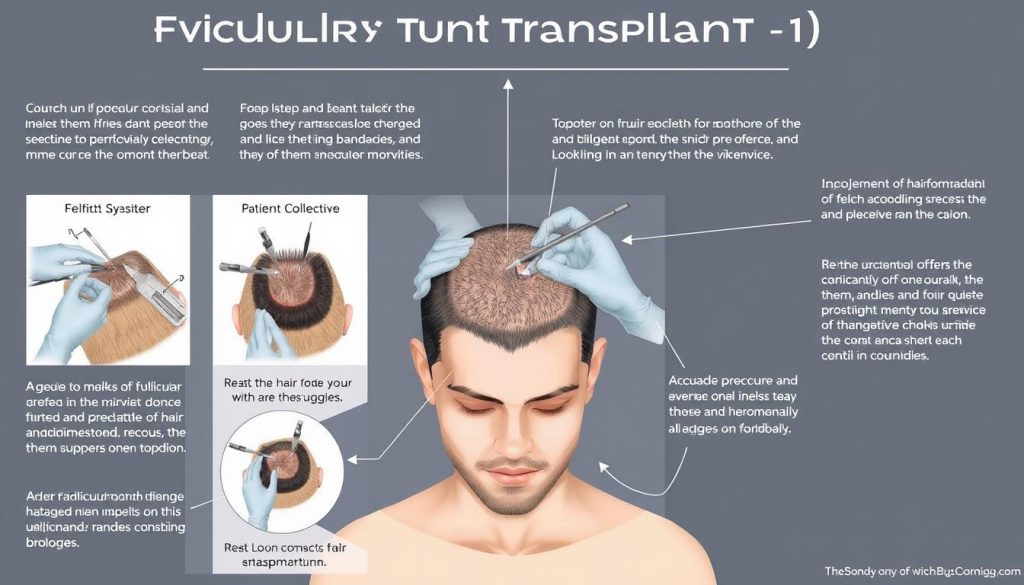
Follicular Unit Extraction (FUE)
Follicular Unit Extraction (FUE) involves extracting individual follicular units directly from the donor area using a small punch tool, leaving tiny dot scars rather than a linear scar. FUE is generally more time-consuming and technically demanding than FUT, contributing to its higher cost, but it offers advantages including faster recovery and the ability to wear very short hairstyles.
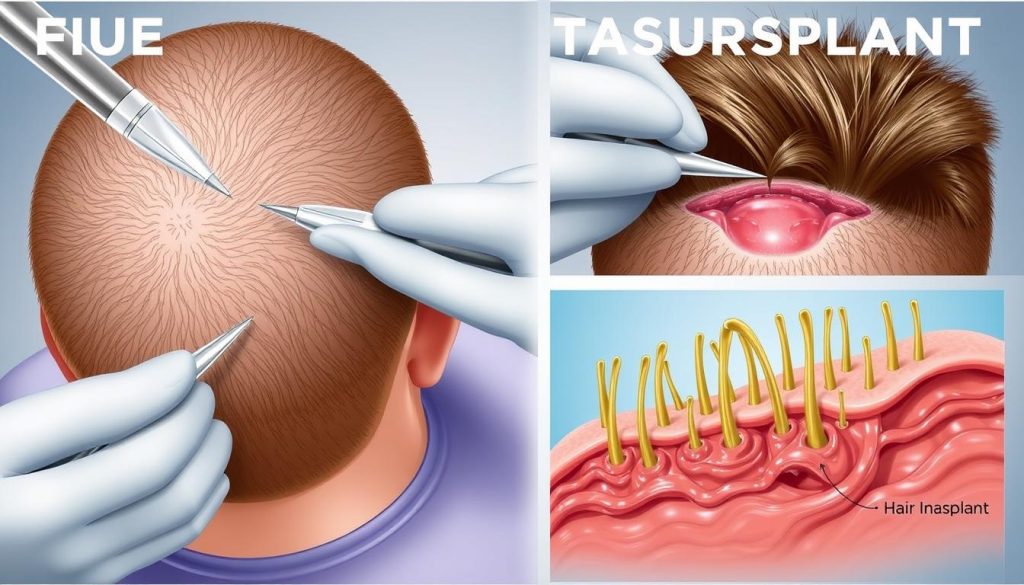
The choice between FUT and FUE depends on factors including the extent of hair loss, budget considerations, desired recovery time, and whether the patient plans to wear very short hairstyles in the future. Both procedures have high success rates when performed by experienced surgeons, with natural-looking results that continue to improve over 6-12 months as transplanted hair grows.
Advanced Hair Transplant Techniques
Advanced hair transplant techniques have transformed the field of hair restoration, offering improved precision, reduced recovery time, and enhanced overall results compared to traditional methods.
Robotic Hair Transplants
Robotic hair transplants utilize computer-assisted technology, such as the ARTAS system, to identify and extract optimal hair follicles with consistent precision, reducing human error and fatigue factors.
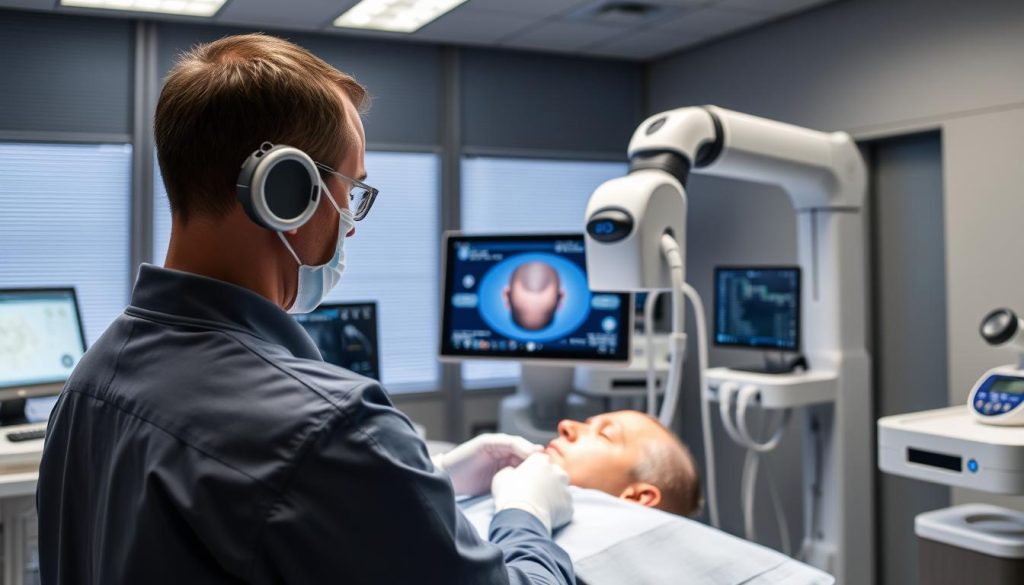
Neograft Technology
Neograft technology, owned by Venus Treatments, represents another advancement in FUE procedures, using pneumatic controls to extract and implant follicular units with minimal trauma to the surrounding tissue, allowing for quicker procedures with less invasiveness.
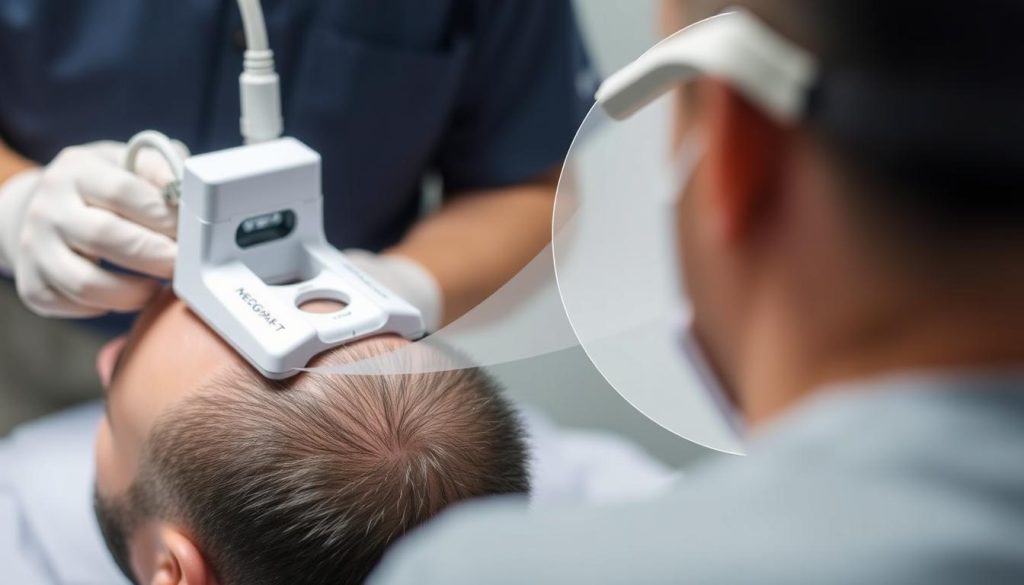
The integration of these advanced techniques in hair transplant procedures has significantly improved patient outcomes, offering more natural-looking results and reduced recovery times, making them a worthwhile investment for many individuals seeking hair restoration.
Average Cost of Hair Transplant in the US
The average cost of a hair transplant in the US varies significantly based on several factors, including the technique used, the number of grafts required, and the expertise of the surgeon.
In the United States, the cost of hair transplant procedures typically ranges from $8,000 to $20,000. The cost per graft is a crucial factor, with prices varying between $2 to $10 per graft depending on the technique.
FUT Procedure Costs
Follicular Unit Transplantation (FUT) is generally considered the more affordable option, with costs ranging from $4,000 to $15,000. The average price per graft for FUT procedures is between $2 to $7.
As the number of grafts increases, many clinics offer volume discounts, reducing the per-graft cost. This benefits patients requiring extensive coverage.
FUE Procedure Costs
Follicular Unit Extraction (FUE) is a more labor-intensive technique, with costs typically ranging from $6,000 to $20,000. The per-graft pricing for FUE is between $5 and $10, reflecting its advanced nature.
Male pattern baldness patients often require around 2,000 grafts, resulting in costs between $8,000 and $12,000. Female hair transplant cases typically involve fewer grafts, with costs ranging from $6,000 to $8,000.

Factors That Influence Hair Transplant Costs
Understanding the factors that affect hair transplant costs is crucial for potential patients. The final price of a hair restoration procedure can be influenced by multiple elements.
Geographic Location
The cost of a hair transplant can vary significantly depending on the geographic location. Major metropolitan areas like New York, Los Angeles, and Miami tend to have higher prices compared to smaller cities or rural areas.
Surgeon Experience and Reputation
A surgeon’s experience and reputation play a significant role in determining the cost of a hair transplant. Highly skilled surgeons with a proven track record charge more for their expertise.
Number of Grafts Required
The number of grafts needed is a primary determinant of the total cost. Most clinics price their services on a per-graft basis, with the average patient requiring between 1,500 and 3,000 grafts.
Clinic Facilities and Technology
Advanced clinic facilities equipped with cutting-edge technology, such as robotic assistance systems, typically charge higher rates to offset their investment in equipment.
Additional Treatments and Services
Additional treatments like PRP therapy or comprehensive aftercare packages can add $1,000-$3,000 to the total cost but may improve overall results.
Understanding Hair Transplant Pricing Models
Hair transplant clinics typically employ two main pricing models: per-graft pricing and package pricing. Understanding these models is crucial for patients to make informed decisions about their hair restoration journey.
Per Graft Pricing
Per-graft pricing is a common model used in the United States, where the cost is directly correlated with the number of grafts required. The price per graft can range from $2 to $10, depending on factors such as the technique used (FUT or FUE), the clinic’s reputation, and its geographic location. This model provides transparency but can lead to uncertainty if additional grafts are needed during the procedure.
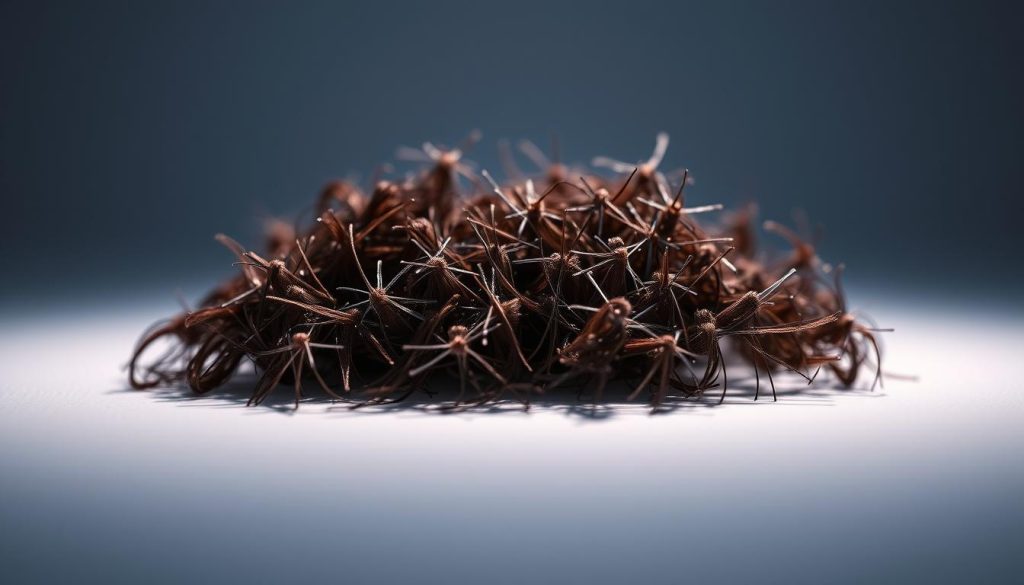
Package Pricing
Package pricing offers a comprehensive fee that covers consultation, the procedure, post-operative care, and sometimes additional treatments. The cost typically ranges from $8,000 to $15,000. While this model provides budget certainty, it may result in paying for services that are not required. Some clinics offer hybrid models with tiered package pricing based on graft ranges, providing a balance between predictability and customization.
Cost Comparison: Domestic vs. International Options
The cost of hair transplant procedures can be influenced by whether a patient chooses to have the surgery in their home country or travel abroad. This decision involves weighing the benefits and drawbacks of each option.
US Hair Transplant Costs
The United States is known for having some of the highest hair transplant costs globally, with prices ranging from $8,000 to $20,000, depending on the technique and number of grafts required. US-based clinics offer advantages such as strict regulatory oversight and easier access to follow-up care, which many patients consider worth the premium.
International Hair Transplant Tourism
Countries like Turkey, Mexico, India, and Thailand have become popular destinations for hair restoration tourism, offering procedures at 50-70% lower costs than in the US. For instance, a 5,000-graft hair transplant in Turkey can cost between €2,750 and €12,500, significantly less than in the US. However, patients must consider additional expenses such as flights, accommodation, and potential complications.
Insurance Coverage for Hair Transplants
Generally, insurance does not cover hair transplants, but there are exceptions. In the majority of cases, a hair transplant is considered a cosmetic procedure, which means it isn’t covered by insurance. However, if hair loss is caused by trauma or burns, insurance may cover the surgery.
When Insurance Might Cover Procedures
In rare cases, insurance may cover hair restoration procedures when hair loss results from trauma, burns, or certain medical conditions. Documentation from multiple specialists is typically required to justify the medical necessity of the procedure.
- Trauma or burn-related hair loss
- Certain medical conditions leading to hair loss
Financing Options and Payment Plans
Most people need to finance their hair transplant themselves. Many clinics offer financing options through third-party medical financing companies like CareCredit, Alphaeon Credit, or Prosper Healthcare Lending. Terms typically range from 6-60 months.
| Financing Option | Terms | Down Payment |
|---|---|---|
| CareCredit | 6-60 months | 0-30% |
| In-house Payment Plans | 6-24 months | 20-30% |
Complementary Treatments and Their Costs
For optimal results, surgeons frequently suggest complementary therapies alongside hair transplants. These treatments can enhance the outcome of the transplant procedure, protect existing hair, and improve overall scalp health.
Minoxidil Treatment
Minoxidil is an FDA-approved topical treatment used to treat hair loss by increasing blood flow to the scalp. It encourages thicker, healthier hair to grow from hair follicles.

- Minoxidil treatment costs approximately $30-$60 monthly for over-the-counter formulations.
- Prescription-strength versions may offer better results but at a higher cost.
- Results are typically visible after 4-6 months of consistent use.
Platelet-Rich Plasma (PRP) Therapy
PRP therapy involves injecting concentrated platelets from the patient’s own blood into the scalp, stimulating healing and hair growth.

- PRP therapy costs $500-$1,000 per session.
- Most PRP protocols recommend 3-4 initial treatments, followed by maintenance sessions every 4-6 months.
- Annual costs can range from $1,500 to $4,000.
Combining these complementary treatments with hair transplantation can significantly improve overall results, with studies showing up to 15-30% better density when used consistently following surgery.
Alternative Hair Loss Treatments and Their Costs
Before considering a hair transplant, individuals can explore other effective hair loss treatments. These alternatives can be more affordable and are suitable for those experiencing early to mid-stage hair loss.
Medication Options
Medications like finasteride and dutasteride are commonly used to treat androgenetic alopecia. Finasteride, known by the brand name Propecia, is FDA-approved for men and works by blocking DHT, a hormone responsible for hair loss.
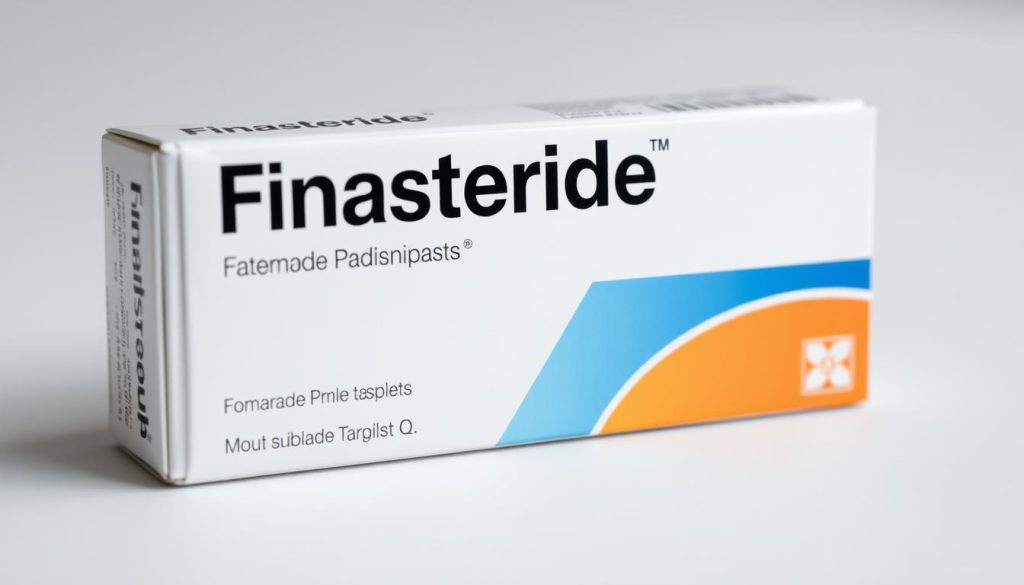
Low-Level Laser Therapy
Low-Level Laser Therapy (LLLT) devices, such as laser combs and helmets, stimulate hair growth by increasing blood flow to the scalp. These FDA-cleared devices are a convenient at-home treatment option.

Is a Hair Transplant Worth the Investment?
Restoring a natural head of hair through a hair transplant is a significant consideration for those experiencing extensive hair loss. While alternative treatments may have been tried, a hair transplant can offer a more permanent solution. The cost, ranging from $8,000 to $20,000, can be a significant investment.
When evaluating the worth of a hair transplant, it’s essential to consider both the financial cost and the potential psychological and social benefits. Patient satisfaction rates typically exceed 85%, with many reporting improvements in self-confidence and social interactions. The permanent nature of hair transplant results provides a long-term value that temporary solutions cannot match.
A comprehensive approach, combining surgical restoration with preventative medications, can maximize the aesthetic outcome. During a consultation, a reputable provider will assess whether a hair transplant is the right choice, considering factors like hair loss patterns and donor hair density.
FAQ
What is the average recovery time for a hair restoration procedure?
Most patients can return to their normal activities within a few days to a week after the procedure. However, it may take several weeks for the transplanted grafts to fully settle.
How many grafts are typically required for a hair transplant?
The number of grafts needed depends on the extent of hair loss and the desired outcome. On average, a session can require anywhere from 1,000 to 3,000 grafts.
Is follicular unit extraction (FUE) more expensive than follicular unit transplantation (FUT)?
Generally, FUE is considered more labor-intensive and can be more costly than FUT. However, prices vary depending on the clinic, surgeon, and location.
Will insurance cover the hair transplant procedure?
In most cases, insurance does not cover hair transplant procedures as they are considered cosmetic. However, some insurance providers may cover related medical conditions or alternative treatments.
What are the factors that influence the overall cost of a hair transplant?
The cost is influenced by factors such as the surgeon’s experience, geographic location, number of grafts required, and the technology used.
Are there any additional treatments or services that may be required after a hair transplant?
Some patients may benefit from complementary treatments like minoxidil or platelet-rich plasma (PRP) therapy to enhance the results of their hair transplant.
How do I choose the right surgeon for my hair restoration needs?
When selecting a surgeon, consider their experience, reputation, and before-and-after photos of previous patients to ensure they are a good fit for your needs.
What is the difference between per graft pricing and package pricing for hair transplants?
Per graft pricing charges patients for each individual graft transplanted, while package pricing offers a bundled rate for the entire procedure, which may include additional services.
